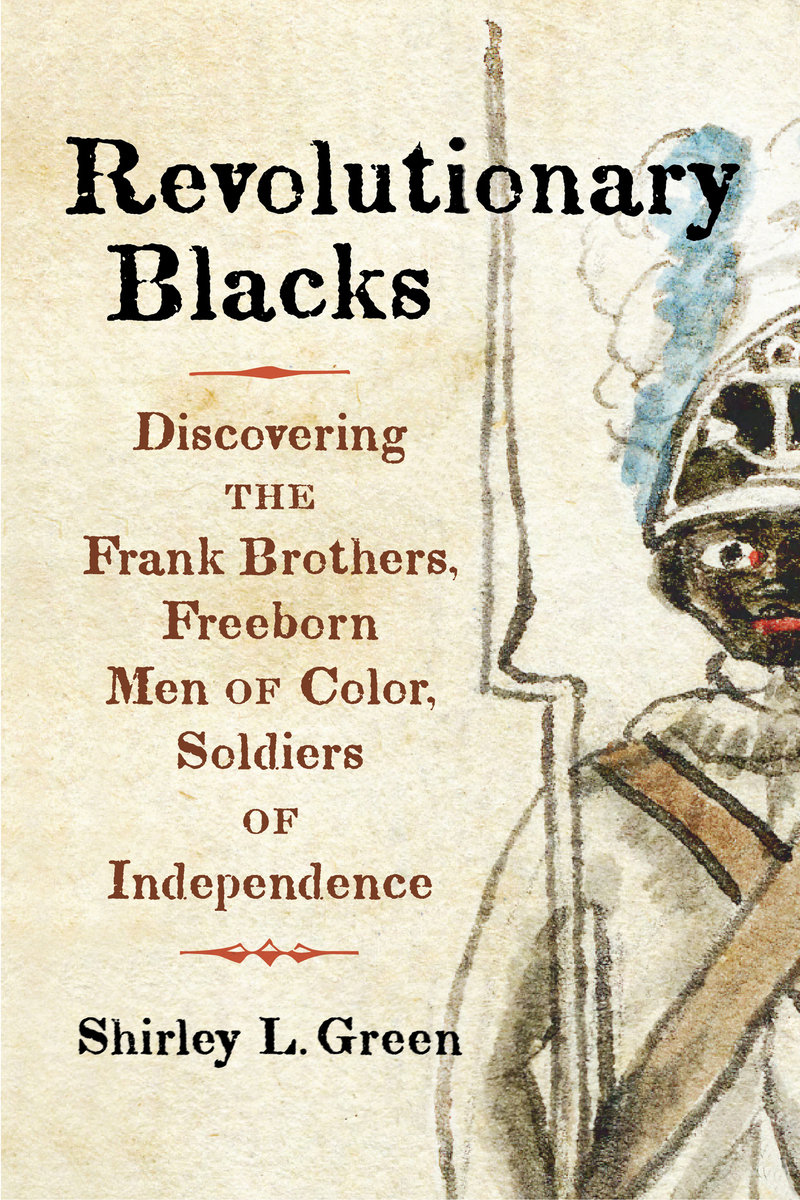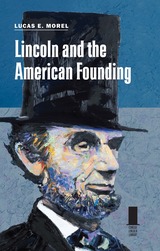Revolutionary Blacks: Discovering the Frank Brothers, Freeborn Men of Color, Soldiers of Independence
Westholme Publishing, 2023
Cloth: 978-1-59416-406-4 | eISBN: 978-1-59416-704-1
See other books on: African American & Black Studies | Cultural & Ethnic Studies | Discovering | Revolutionary Period (1775-1800) | Revolutions, Uprisings & Rebellions
See other titles from Westholme Publishing
Cloth: 978-1-59416-406-4 | eISBN: 978-1-59416-704-1
ABOUT THIS BOOK | AUTHOR BIOGRAPHY | REVIEWS
ABOUT THIS BOOK
William and Benjamin Frank joined the Second Rhode Island Regiment in the spring of 1777, following the tradition of military service established by their father, a veteran of the French and Indian War. The brothers became part of a cohort of free Black soldiers serving in an integrated Continental Army. The Second Rhode Island saw action along the Delaware River in the defense of Fort Mercer and the battle of Red Bank, before falling back with the rest of the army to Valley Forge. Following the brutal winter of 1777–1778 and the pivotal Battle of Monmouth, New Jersey, in June 1778, veteran soldiers of color from the Second Rhode Island, including the Frank brothers, were transferred to the newly segregated First Rhode Island. This regiment was composed of Black and Native American soldiers, including enslaved men who were promised their freedom in exchange for service. Allowing formerly enslaved men to serve was reluctantly authorized by George Washington to address manpower shortages, but in exchange, he introduced segregation into the army. The “Black Regiment,” as it became known returned to its home state, where it fought with distinction at the Battle of Rhode Island in August. While encamped near Providence in February 1780, Ben Frank deserted and ended up in British service. His brother William remained with his unit and served during the American victory at Yorktown, Virginia, where the Black Regiment once again demonstrated its effectiveness. William was honorably discharged and returned to Rhode Island, while Ben eventually relocated to Nova Scotia with other loyalists.
In Revolutionary Blacks: Discovering the Frank Brothers, Freeborn Men of Color, Soldiers of Independence historian Shirley L. Green takes the reader on a journey based on her family’s history, rooted in its oral tradition. Putting together the pieces of this puzzle through archival research, interviews, and DNA evidence, the author authenticates and expands the family’s oral history. In addition to providing context and substance to the Black experience during the war years, the author underscores the significant distinction between free Blacks in military service and those who had been enslaved, and how they responded in different ways to the harsh realities of racism. An original and important contribution to American history, Revolutionary Blacks presents a complex account of Black life during the Revolutionary Era and demonstrates that free men of color shared with white soldiers the desire to improve their condition in life and to maintain their families safely in postcolonial North America.
In Revolutionary Blacks: Discovering the Frank Brothers, Freeborn Men of Color, Soldiers of Independence historian Shirley L. Green takes the reader on a journey based on her family’s history, rooted in its oral tradition. Putting together the pieces of this puzzle through archival research, interviews, and DNA evidence, the author authenticates and expands the family’s oral history. In addition to providing context and substance to the Black experience during the war years, the author underscores the significant distinction between free Blacks in military service and those who had been enslaved, and how they responded in different ways to the harsh realities of racism. An original and important contribution to American history, Revolutionary Blacks presents a complex account of Black life during the Revolutionary Era and demonstrates that free men of color shared with white soldiers the desire to improve their condition in life and to maintain their families safely in postcolonial North America.
See other books on: African American & Black Studies | Cultural & Ethnic Studies | Discovering | Revolutionary Period (1775-1800) | Revolutions, Uprisings & Rebellions
See other titles from Westholme Publishing












